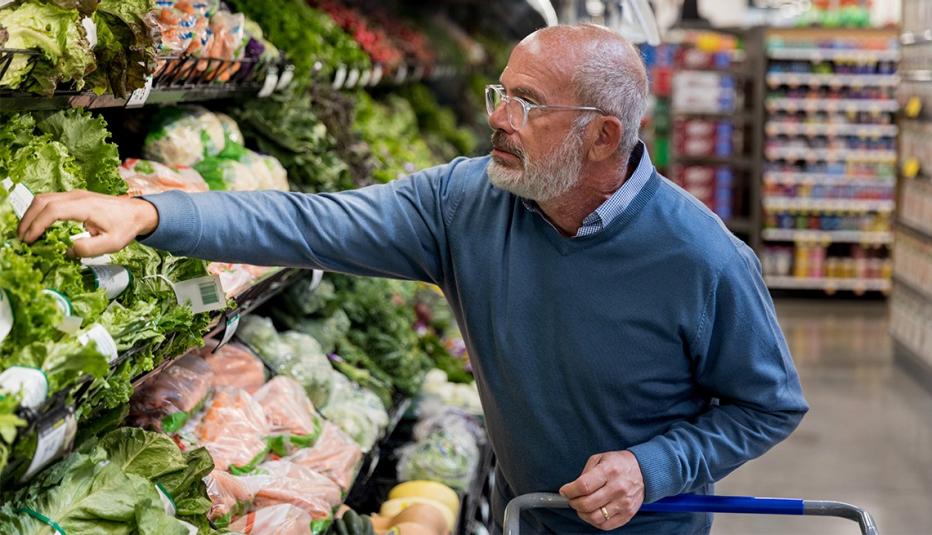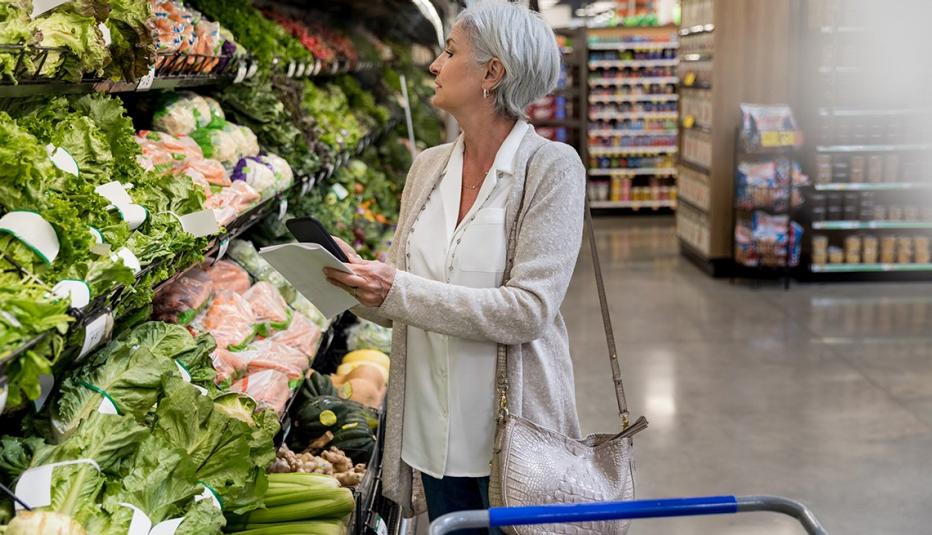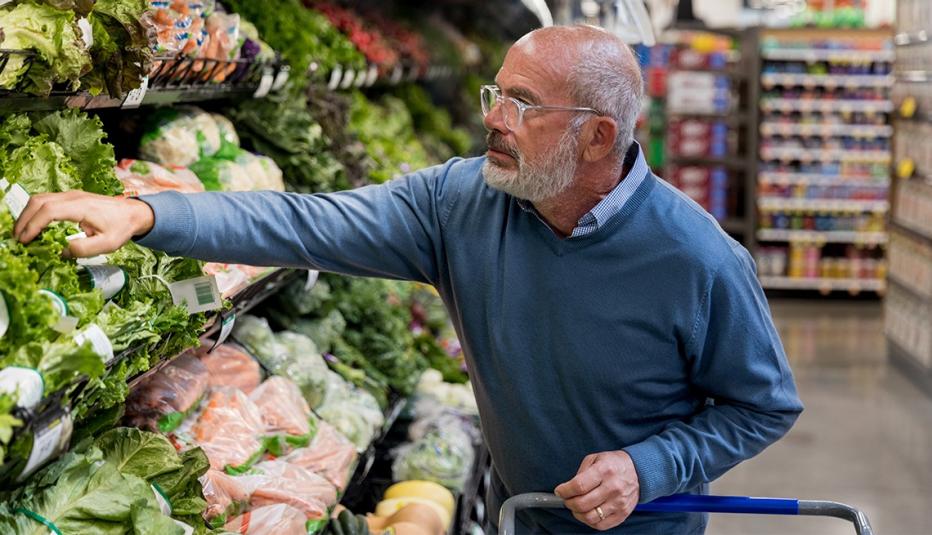AARP Hearing Center


The Supplemental Nutrition Assistance Program (SNAP) is the nation’s largest antihunger program and a critical basic-needs program for people of all ages with low incomes, including millions of adults ages 50 and older and people with disabilities. The program provides eligible individuals and families with a modest monthly benefit to purchase groceries at stores and farmers markets. Under current rules, the federal government covers the cost of SNAP benefits, and states share in the administrative costs. Read the full report.
Key takeaways:
- SNAP provides essential food benefits to millions of Americans with low incomes, including more than 11 million adults ages 50 and older.
- SNAP reduces food insecurity and poverty, with previous AARP research finding the program lifted 2 million adults ages 50 years and older out of poverty in 2022.
- The program is associated with better health outcomes and lower health care costs among older adults.
- SNAP eligibility, and the benefit amount households receive, depend on household size and composition, income, and, in some states, assets.
Some text elements of this page were created with AI assistance and have been reviewed and edited for accuracy by staff.


































































